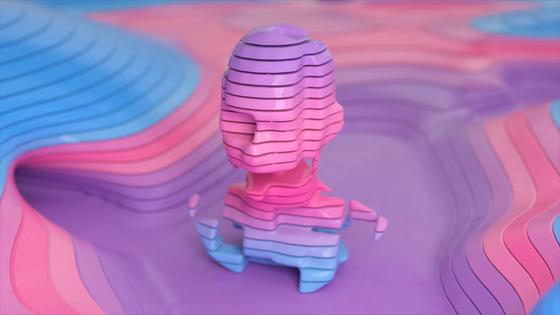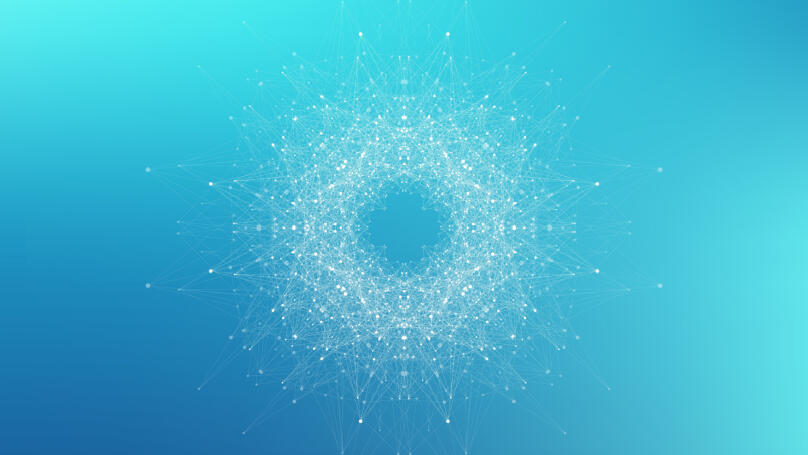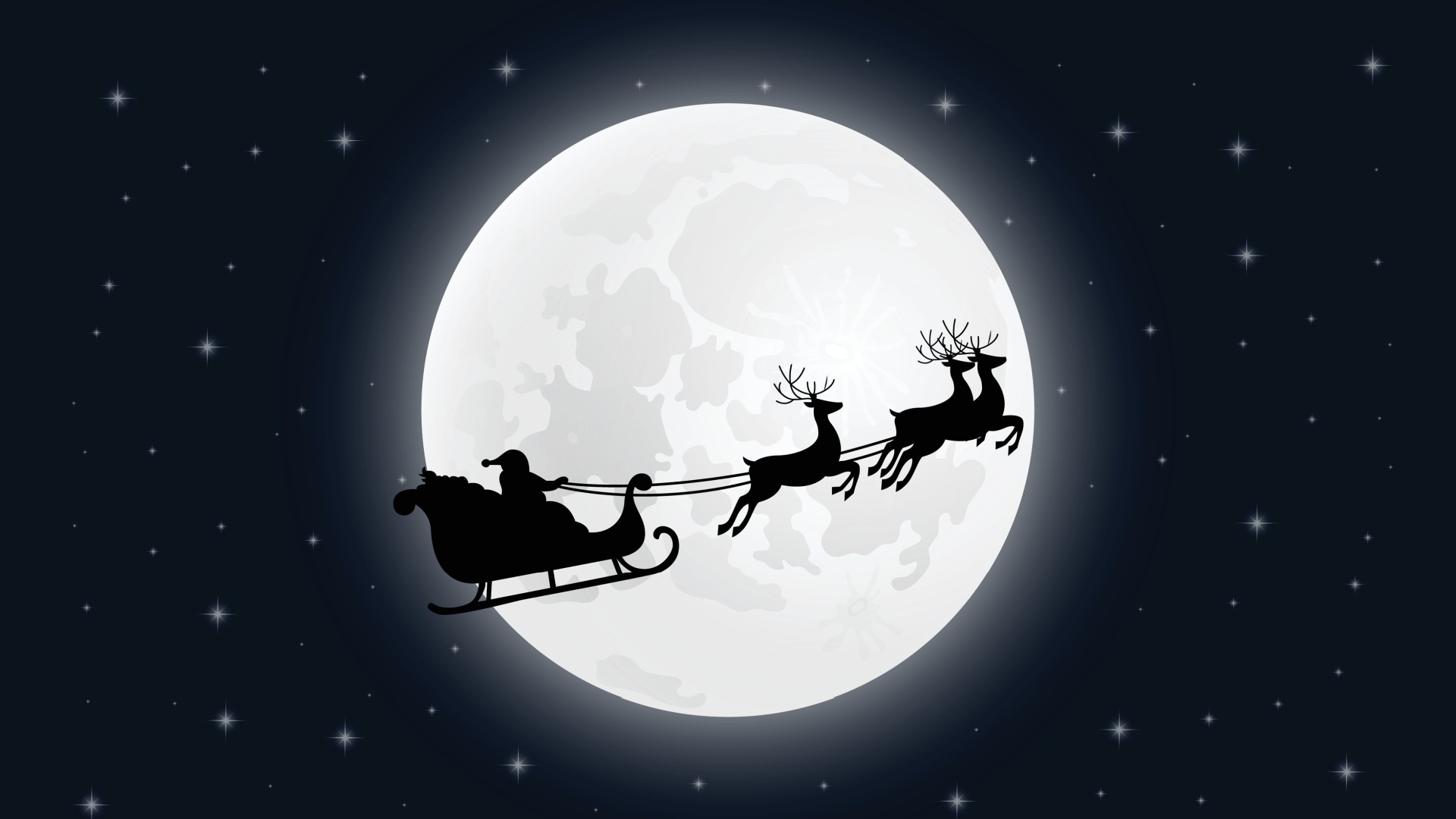Neural networks in business and marketing: how MidJourney can make you a market leader and more!
Everything, as we know, was invented for us long ago. That is why scientists often draw inspiration from nature.

Such was the emergence of neural network technology, which mimics the structure and principles of the human brain. Even though their development dates back to the middle of the twentieth century, neural networks have experienced a real boom in the last few years, when their application field has increased by 270%. Today, everyone, including businesses, can use them for free!
How it works: about structure, processes, and human brain
Like our brain, all neural networks consist of a set of layers, each with interconnected processes running in parallel:
- The Input Layer - is analogous to the dendrites in the human brain, where neural impulses originate.
- The Hidden Layer. The location of the Hidden Layer is between the input and output layers, which is why it is considered the primary layer. Synaptic connections get formed here, and incoming data are processed and transferred to the output layer.
- The Output Layer. The output layer displays what a neural network user sees, i.e., the final set of already formed and processed data.
If we break down neural network operation into a sequence of steps, it will look as follows:
Stage 1. Suppose we are talking about a creative neural network for content creation like MidJourney (we will talk about it in detail below). In this case, the neural network receives a query of keywords that it must then process. For example, "tree," "house," and "garden."
Step 2. A neural network translates words into a digital code called vectors - it is in the language of vectors that the neural network speaks. This stage is necessary to understand what the user means and what they are asking for.
Step 3. The words in vectors get sent to the hidden layer where the neural network forms a draft of a text or image consisting of fuzzy lines and pixels.
Step 4: The "Rough Draft" - is further refined by applying color, texture, extra touches, and lighting. These details are removed from other vectors (keywords) the user specified in the addition. So, if one of the vectors was "cyberpunk," the neural network can add neon, distinctive signage, etc.
By the way, during each such cycle of steps, a neural network is trained continuously, filling up its "library" with new data and methods of its implementation. It is called machine learning, and if we compare it with learning a foreign language, it is like language practice: the more you talk to a native speaker, the better you understand it and start using more words in your vocabulary. Similarly, a neural network learns to understand users better and gradually expands its toolbox based on experience.
How businesses are using neural networks today: cases and possibilities

Theoretically, neural networks can do anything - draw a picture, find a person by description, generate business ideas, and much more. But if we are talking about functions most practical and perfected by IT companies, which you can use right now, first, neural networks can do the following:
- Process Information - in any (even the most colossal) volume. For example, if you need to group a database of contacts or check documents. Neural networks are an ideal tool for solving complex and monotonous tasks for which businesses do not want to waste human and time resources.
- Predict - exchange rates, weather, sales, ROI (Return On Investment), marketing effectiveness - all these and more neural networks can assess and predict based on experience and current performance, which can help businesses make smarter and faster decisions.
- Extract - find and recognize data. Just as neural networks can process data already received and graciously downloaded into them, they can find the information they need and extract it even from a set of variables or images, such as transforming statistics into a report and numbers into music.
Simultaneously, the main advantage of neural networks is a fault tolerance that other programs and services don't have. Due to their advanced structure based on the human brain structure, neural networks continue to function even in case of one or more failures. It makes neural networks applicable to any business or industry requiring high stability, such as space and engineering.
However, the most promising area for implementing neural networks today is e-commerce. Thus, using neural networks, it is possible to create highly intelligent and adaptive chatbots, which would independently serve customers instead of managers, or to personalize a recommendation system, optimize newsletters, social media content, and much more. Currently, neural e-commerce networks are already used by Amazon, Google Play, and Walmart to analyze consumer behavior, past purchases, and preferences. These are then used to offer users personalized coupons and discounts.
Another prime example of how neural networks make life easier for businesses is the PixelDTGAN app based on them. With its help, any online shop can significantly save on the services of photographers: a neural network PixelDTGAN automatically selects clothes on models, whether it is a person, a mannequin, or just lying on the table, and collects from them the necessary collage or showcase.
Even though experts predict that many professions will die out because of artificial intelligence, it will not be able to fully replace human labor (at least not in the next decade). Nevertheless, neural networks make it possible to optimize the work of human staff in retail. For example, an offline Walmart shop in Levittown (a rural US town in New York State) uses a neural network to monitor shelves. In real-time, the camera detects when a product is about to expire or runs out of stock on the shelves and needs to get restocked, and retailers are notified by smartphone when they need to act.
The financial sector and banking are other attractive area for neural network development because, as mentioned above, neural networks have a well-developed predictive and data processing function. For example, SAS software for banks developed on their basis independently makes decisions on granting loans to clients based on analysis of their solvency. It generates a list of optimal banking services for them. Finprophet's neural network predicts the price fluctuations of cryptocurrencies, stocks, and fiat, making life much easier for investors.
A separate area of application of neural networks and their subspecies is neural networks for content generation. These open a vast reservoir of prospects for business and therefore deserve particular attention.
Neural networks as a tool for creating branded content.

You can use AI-generated content in marketing, education, journalism, blogging, etc. The content refers to anything humans have not created but by computer algorithms based on entered queries and data. Thus, neural networks allow you to develop high-quality, large-scale content with minimal resources quickly.
Today you can generate three types of content with the help of a neural network:
- Textual Content. Thanks to language modules and NLP (Natural Language Processing) techniques, modern neural networks can write a fiction story that meets the given criteria and plot. However, neural networks often generate simple and short advertisement texts or narratives (phrases, questions) within a chatbot. They do it based on templates and other texts on the internet, so generated texts need additional human checking (a neural network guarantees literacy, but logic is not).
- Pictures. These are any pictures, art, and illustrations generated by computer algorithms using visual effects and specified parameters. By the way, the companies Adobe and NVIDIA have already presented to the market professional paid programs on their basis for creating corporate-scale images.
- Audio Content. Neural networks can now generate sound, music, and even human voices. It is opening up a new direction in coding and sound recording. Moreover, neural networks' audio tracks can later be used in dubbing movies, creating commercials, editing YouTube videos, designing video games, etc.
Thanks to neural networks, you can create content for each audience segment individually, considering its needs, tastes, and preferences. By doing so, you will increase both brand appeal and audience engagement.
However, keep in mind that any content gets created by neural networks based on data it finds in the public domain on the internet, as it is the processing of past and foreign data that machine learning is based on. However, it does raise the copyright issue, which remains unresolved. That is why we do not recommend monetizing and using commerce-related content created by neural networks! Indeed, even though neural network content is not legally secured, artists have filed several public scandals and lawsuits against neural networks.
The best neural network artists for visual content creation

Any business needs quality visuals. MidJourney, created by a young scientist and entrepreneur David Holtz, a graduate in applied mathematics from the University of North Carolina, is considered the best-known image-generating neural network. MidJourney works via messenger Discord, where the user in a special chat must enter a set of criteria and hints for the neural network based on what kind of image they want to create. Note that this requires a paid subscription - the number of free attempts is limited! MidJourney is particularly good at creating fantasy and sci-fi scenes and modeling video game concepts and landscapes.
DALL-E 2 is another artificial intelligence program from the US IT company OpenAI, which generates images in various styles and formats based on text descriptions. It uses over 10 billion training models and can interpret data in any natural language (but understands English best). DALL-E 2 also learns from stock photos and is judged by users to be much better than MidJourney for pictures requiring more than two characters. However, MidJourney still wins in most polls due to its artistic styling.
Also, Stable Diffusion, a model that uses a text encoder to adjust the image for given cues, is often called upon for visual content.
All of the neural networks of this type used to create visual content operate based on a technique known as "propagation." In the context of creating a new picture, it looks like this:
- A neural network starts a learning process; it looks at stock photos (of which there are about ten million) and takes those images whose codes correspond to the given keywords.
- The neural network then adds noise to the image, thus mixing the images and turning them into a chaotic set of pixels.
- The neural network removes the noise, restoring the mixed data. This process gets repeated several times, resulting in the original image after countless overlaps and disconnections.
- At the end of the process, the neural network may apply additional noise reduction to give the image a realistic appearance and add its changes "learned" from processing past requests.
Lectera’s Online Courses by topic
Where and how you can use visual content.
Since you cannot monetize content created by neural networks, the field of their application is narrowed but still wide enough - especially for business. Here are a few options for where and what you can use neural networks to create advertising banners.
Creating advertising banners
MidJourney often creates advertising banners for companies around the world. Thanks to it, you don't need to hire a special art team or designer and wait a week to be presented with a finished visual product. It takes no more than five minutes to create a banner with MidJourney, after which you can use the generated image on event posters or Instagram posts, as the San Francisco Ballet Studio did to promote its production of the “Nutcracker” ballet. The Nutcracker:
Planning and presenting marketing campaigns.
Let's say you need to present a new project to management or an investor, convince them of the profitability of your idea and get approval to launch. Numbers to prove your effectiveness are great, but what if you could visualize them or the final product? For example, to demonstrate visually what a new phone model or composition would look like in a promotional video. This way, a neural network can speed up research and detail the planning process.
Also, you don't have to use the content created by the neural network, just the ideas it suggests. MidJourney comes in handy when brainstorming with a team of artists, for instance, when you need a rebrand or a fresh concept for positioning a product.
Creating design elements
The neural network won't do the website design entirely for you, of course, but it can suggest some elements you can use and adapt to suit your needs, such as:
- logos,
- icons for mobile applications or sections,
- thumbnails and templates,
- CTA buttons.
Here are, for instance, icons from MidJourney that would be suitable for an Asian food delivery app or a ramen-related game.
Creating images for the blog
The primary key to making your blog popular is to post content regularly. However, few people can afford to take quality pictures every day or for a week ahead. But that's where neural networks come to the rescue! They will help you stand out in the marketplace and illustrate the idea you want to convey to your subscribers in a post or the event described. It's also a good saving on stock imagery services requiring extra review time. Among other things, not every blogger has the necessary skills to create photos or the resources to hire experienced professionals.
Undoubtedly, neural networks will continue to transform business and the arts in the coming years, so they will continue to improve, refining their algorithms and upgrading the quality of the work they generate. Neural networks are remarkable not only for their prospects and possibilities but also for their difficulties. Indeed, that's why in the next Lectera Magazine article, we will tell you how to work with MidJourney in practice!
Share this with your friends via:
Latest News

A significant stage in the development of the alternative education system has begun in West Northamptonshire in the UK: the County Council is actively calling on parents, guardians, and trustees to participate in shaping the future of this key area.

Outwoods Primary School in Atherstone, Warwickshire, having experienced deep sadness after the loss of their famous cat, Silla, has found solace in a new pet – a Maine Coon named Aloysius O’Hara.

In modern universities, artificial intelligence, and in particular ChatGPT, is rapidly transforming from a controversial tool into a full-fledged student assistant.

An innovative educational project is gaining momentum in UK primary schools, aiming to change attitudes towards video games.

The Massachusetts Institute of Technology (MIT) presents MIT Learn – a revolutionary online platform that opens a “new front door” to access university knowledge and resources.












 Mental Traps That Are Easiest to Fall Into During Winter
Mental Traps That Are Easiest to Fall Into During Winter
 Life After the Holidays: How to Beat the Post-New Year Blues
Life After the Holidays: How to Beat the Post-New Year Blues
 Which Christmas Movie Character Are You?
Which Christmas Movie Character Are You?
 Test. What Career Goal Should You Set for Next Year?
Test. What Career Goal Should You Set for Next Year?
 Your New Year’s Forecast: What Awaits You in the New Year?
Your New Year’s Forecast: What Awaits You in the New Year?
 Test. Which New Year Archetype Are You?
Test. Which New Year Archetype Are You?
